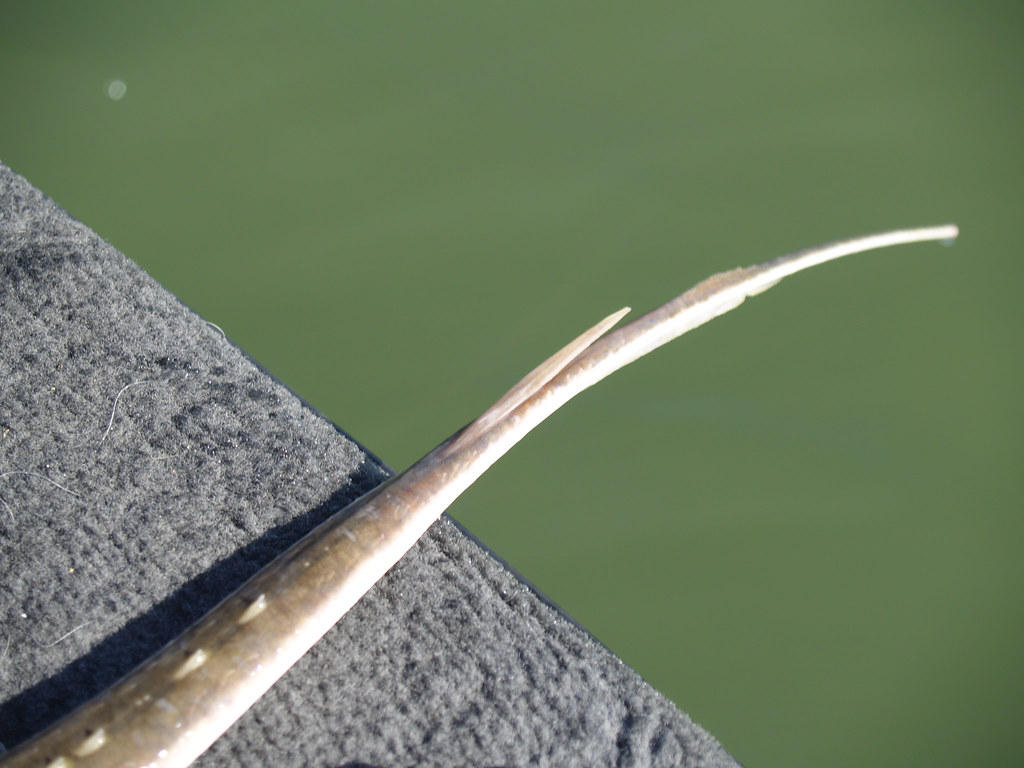The stingray barb, a captivating and often misunderstood feature of these graceful sea creatures, is more than just a defensive weapon. It serves as a reminder of the complexities found in the marine world, where beauty often coexists with danger. Understanding the stingray barb is essential for those who wish to appreciate these enigmatic animals, whether in the wild or in aquariums.
Stingrays are elegant swimmers, gliding through the ocean with a unique style that captivates onlookers. However, beneath their smooth, flat bodies lies a formidable barb that can deliver a painful sting to unsuspecting predators or humans. This adaptation not only protects them but also plays a significant role in their survival. As we delve deeper into the world of stingrays, we will explore the anatomy, behavior, and fascinating facts about their barbs.
In this article, we will answer some common questions about the stingray barb, including its purpose, how it affects humans, and what to do in the event of a sting. Additionally, we will shed light on the ecological role of stingrays and their barbs in the marine ecosystem. Join us as we navigate through the depths of knowledge surrounding this intriguing aspect of stingray biology.
What is the Anatomy of the Stingray Barb?
The stingray barb is a modified spine made of keratin, the same material that makes up human hair and nails. It is typically located on the tail of the stingray and can vary in size and shape depending on the species. The barb can be serrated, allowing it to inflict significant damage when used defensively. Here are some key features of the stingray barb:
- Composition: Made of keratin, similar to nails.
- Location: Found on the tail, often covered by skin.
- Size Variation: Different species have varying barb sizes.
- Defensive Mechanism: Used for protection against predators.
How Does the Stingray Barb Function?
The stingray barb operates as a defense mechanism against threats. When a stingray feels threatened, it can whip its tail, thrusting the barb forward at high speed. The serrated edges of the barb can cause deep puncture wounds, which may inject venom into the victim. The venom can result in intense pain and swelling, making it crucial for potential victims to seek medical attention.
What Are the Effects of a Stingray Barb on Humans?
Stingray stings can be quite painful, but they rarely lead to fatal outcomes. However, the severity of a sting can vary based on several factors:
- Location of the Sting: Stings to sensitive areas, such as the foot, can be more painful.
- Health of the Victim: Individuals with weakened immune systems may experience more severe reactions.
- Size of the Stingray: Larger stingrays may have more potent venom.
Symptoms of a stingray barb injury may include:
- Intense pain at the sting site
- Swelling and redness
- Nausea and vomiting
- Possible infection if not treated properly
How to Treat a Stingray Barb Injury?
Immediate treatment is essential for anyone who has been stung by a stingray barb. Follow these steps:
- Immerse the affected area in hot water (not scalding) for 30-90 minutes to alleviate pain.
- Remove any visible spines carefully, using tweezers if necessary.
- Clean the wound with soap and water to prevent infection.
- Apply a topical antibiotic and cover with a sterile bandage.
- Seek medical attention, especially if symptoms worsen or if you experience an allergic reaction.
What Role Do Stingrays and Their Barbs Play in the Ecosystem?
Stingrays and their barbs are not just crucial for their survival; they also play an important role in maintaining the ecological balance in marine environments. By preying on small fish and invertebrates, stingrays help control populations and contribute to the health of coral reefs and seagrass beds. Additionally, their barbs can serve as a source of nutrients for scavengers and decomposers when stingrays die and their remains are broken down.
Are Stingray Barbs Used in Traditional Medicine?
In some cultures, stingray barbs are believed to possess medicinal properties and are used in traditional remedies. Though anecdotal evidence exists, scientific research on the efficacy of these treatments is limited. Some practitioners claim that the venom can be used to treat various ailments, but caution is advised due to the potential for allergic reactions and complications.
Can Stingrays Be Kept as Pets?
While some enthusiasts may be drawn to the idea of keeping stingrays as pets, it’s important to understand the responsibilities involved. Stingrays require specialized care, including:
- A large aquarium with ample swimming space.
- Stable water conditions, including temperature and salinity.
- A diet consisting of high-quality protein sources, such as shrimp and fish.
Furthermore, potential owners should be aware of the risks associated with handling stingrays, especially concerning their barbs. Proper education and preparation are essential for anyone considering bringing these beautiful creatures into their home.
Conclusion: What Have We Learned About the Stingray Barb?
In summary, the stingray barb represents a fascinating aspect of stingray biology, serving as both a defensive tool and an important component of their ecological role. By understanding the anatomy, function, and treatment of stingray barb injuries, we can foster a greater appreciation for these remarkable creatures while promoting safety and conservation efforts. Whether encountered in the wild or in aquariums, knowledge about the stingray barb can enhance our interactions with these graceful marine animals.
You Might Also Like
Unveiling The Journey Of Alex: The Start Video PhenomenonDiscovering The Enigmatic World Of Re:xl Wiki
Unveiling The Enigma: Ms. Sethii
Unveiling The Life Of Married Lucky Dog Brandon McMillan
Unleashing The Potential Of Www.6apps.net: A Comprehensive Guide
Article Recommendations
- Ski Mask The Slump God
- How Many Times Has Damon Imani Been On The View
- Dalton Temperature Scale
- Marisa Verrochi Walsh
- Sean Puffy Combs Net Worth
- Lil Baby New Girlfriend
- Kevin Tighe
- Marvin Agustin
- Jennifer Grant
- Andy Richter Net Worth


/stingray-barb-Dave-Fleetham--Design-Pics-Perspectives-Getty-56a5f7a83df78cf7728abf19.jpg)